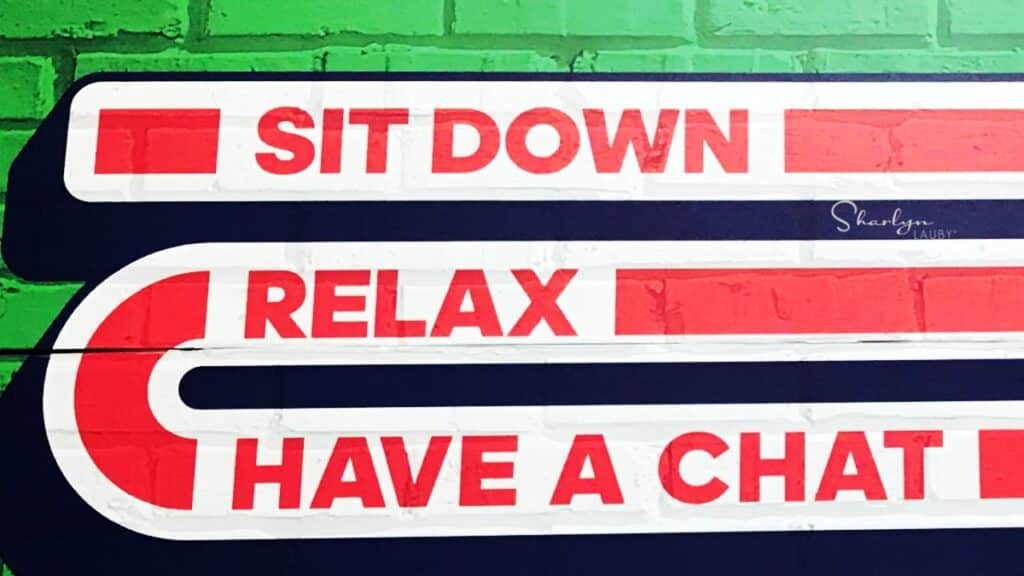Organizations: Be Sure to Have a 2023 COVID Plan
Estimated reading time: 3 minutes
I realize that no one wants to talk about COVID. But let’s talk about it anyway. Because people are still getting COVID and COVID is still extremely contagious. Today’s article isn’t about masks, even though I’m starting to see more people wearing them. It’s also not about vaccines, even though they were recently approved for distribution.
Organizations want employees to return to the office. I understand that. I’m not here today to talk about whether organizations should demand that employees return to the office.
I wanted to have a chat about COVID today because we’re seeing an increasing number of articles on the subject. So, let’s talk about the likely scenario that an employee or group of employees might call in one day and say they can’t come to work because they have COVID. Hopefully, it never happens. But I do believe organizations should have a COVID plan ready.
Back when the pandemic first happened, we spent a lot of time saying, “I don’t know.” And “We’ve never dealt this this before.” It was true. This was totally unlike anything we’ve ever experienced. But now, over three years later, I’m not sure we can still say that. Organizations should have a plan and be prepared to use it. If an organization doesn’t have a plan, I could see an employee saying to themselves, “Really?! After everything we’ve been through?! You didn’t think this could happen?!”.
Again, this is one of those situations where it makes sense to have a plan and if you never use it … all the better. Here are a few things to think about:
Is your workplace doing things to mitigate and prevent the spread of COVID? There’s information on the Occupational Safety and Health Administration website. It might make some sense to refamiliarize everyone with this information.
How will the company handle a call from an employee or group of employees who say they contracted COVID? Not just the sick pay, but how will the operation function? For example, if you have a handful of salespeople attend a conference and they all come back with COVID, what will you do?
If an employee calls in and says a family member has tested positive, what does that mean in terms of the employee coming into the office? On one hand, the employee doesn’t have COVID. On the other, COVID is still very contagious.
These are just a few questions that the organization needs to ask. I’m confident there will be more. And I’m not an attorney so it might make good business sense to call your legal counsel and find out their thoughts. It’s better to have this conversation proactively than reactively. Also, so much has happened over the past few years, I don’t know if the actions we took back when the pandemic started are the same actions we would take today. That’s why seeking the knowledge of others is critical.
Organizations want to know that they will be able to operate their business safely. Employees want to know that they work in a safe environment. Right now, there are no predictions that we’re going to see caseloads at peak pandemic levels. But that doesn’t mean with everyone coming back to the office that there won’t be times when more than the usual number of employees might be out with COVID. So, make a plan. Have it ready.
Image captured by Sharlyn Lauby while exploring the streets of Austin, TX
39